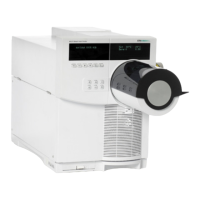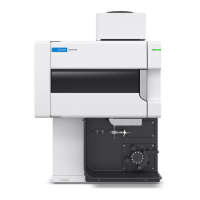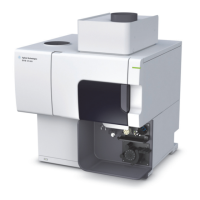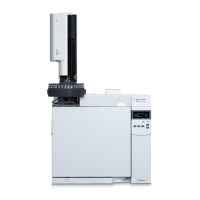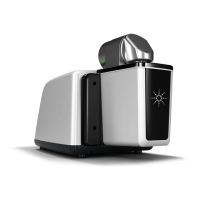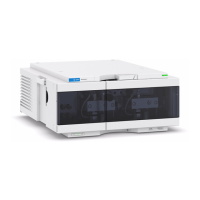180 5975 Series MSD Operation Manual for MassHunter
A Chemical Ionization Theory
Proton transfer
Proton transfer can be expressed as
BH
+
+ M MH
+
+ B
where the reagent gas B has undergone ionization resulting in protonation. If
the proton affinity of the analyte (sample) M is greater than that of the reagent
gas, then the protonated reagent gas will transfer its proton to the analyte
forming a positively charged analyte ion.
The most frequently used example is the proton transfer from CH
5
+
to the
molecular analyte, which results in the protonated molecular ion MH
+
.
The relative proton affinities of the reagent gas and the analyte govern the
proton transfer reaction. If the analyte has a greater proton affinity than the
reagent gas, then proton transfer can take place. Methane (CH
4
) is the most
common reagent gas because its proton affinity is very low.
Proton affinities can be defined according to the reaction:
B + H
+
BH
+
where the proton affinities are expressed in kcal/mole. Methane's proton
affinity is 127 kcal/mole. Tables 24 and 25 list the proton affinities of several
possible reagent gases and of several small organic compounds with various
functional groups.
The mass spectrum generated by a proton-transfer reaction depends on
several criteria. If the difference in proton affinities is large (as with methane),
substantial excess energy may be present in the protonated molecular ion.
This can result in subsequent fragmentation. For this reason, isobutane with a
proton affinity of 195 kcal/mole may be preferred to methane for some
analyses. Ammonia has a proton affinity of 207 kcal/mole, making it less likely
to protonate most analytes. Proton-transfer chemical ionization is usually
considered to be “soft” ionization, but the degree of the softness depends on
the proton affinities of both the analyte and the reagent gas, as well as on
other factors including ion source temperature.
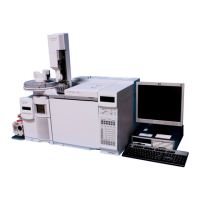
